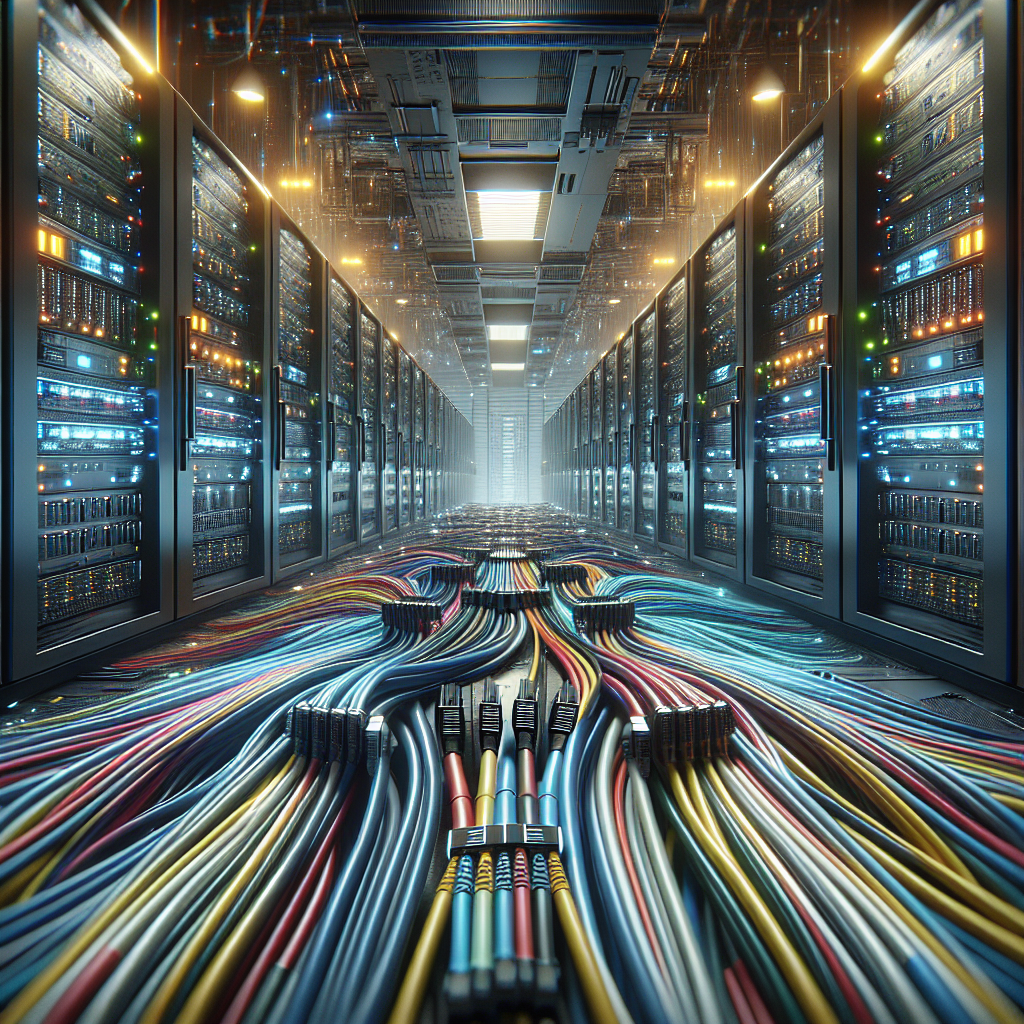Your cart is currently empty!
The Future of Data Center Cabling: Emerging Technologies and Best Practices

Data center cabling is an essential component of any data center infrastructure, as it provides the physical backbone for data transmission and communication within the facility. With the increasing demand for faster and more reliable data transfer speeds, data center cabling technology is constantly evolving to keep up with the changing needs of the industry.
In recent years, emerging technologies such as fiber optics and high-density cabling have revolutionized the way data centers are built and maintained. These technologies offer higher bandwidth and faster data transfer speeds, making them ideal for handling the increasing amounts of data that are being processed in data centers today.
Fiber optics, in particular, have become increasingly popular in data center cabling due to their ability to transmit data over longer distances and at higher speeds than traditional copper cables. Fiber optic cables use light pulses to transmit data, making them less susceptible to interference and signal degradation. This results in faster and more reliable data transmission, which is crucial for the smooth operation of data center networks.
High-density cabling is another emerging technology that is changing the way data centers are designed and built. High-density cabling systems allow for more cables to be installed in a smaller space, which helps to maximize the use of limited rack space in data centers. This not only helps to improve the efficiency of data center operations but also reduces the overall cost of infrastructure maintenance.
In addition to these emerging technologies, there are also best practices that data center operators should follow to ensure the optimal performance of their cabling infrastructure. One of the most important best practices is to regularly inspect and maintain the cabling system to identify and address any potential issues before they can cause downtime or data loss.
Proper cable management is also essential for maintaining a tidy and organized cabling infrastructure, which can help to prevent cable congestion and reduce the risk of cable damage. Using cable trays, labels, and color-coding can help to streamline the cabling installation process and make it easier to troubleshoot and replace cables when necessary.
As data centers continue to grow in size and complexity, the future of data center cabling will likely see further advancements in technology and best practices. By staying informed about the latest trends and implementing best practices, data center operators can ensure that their cabling infrastructure is up to the task of handling the data demands of the future.

Leave a Reply